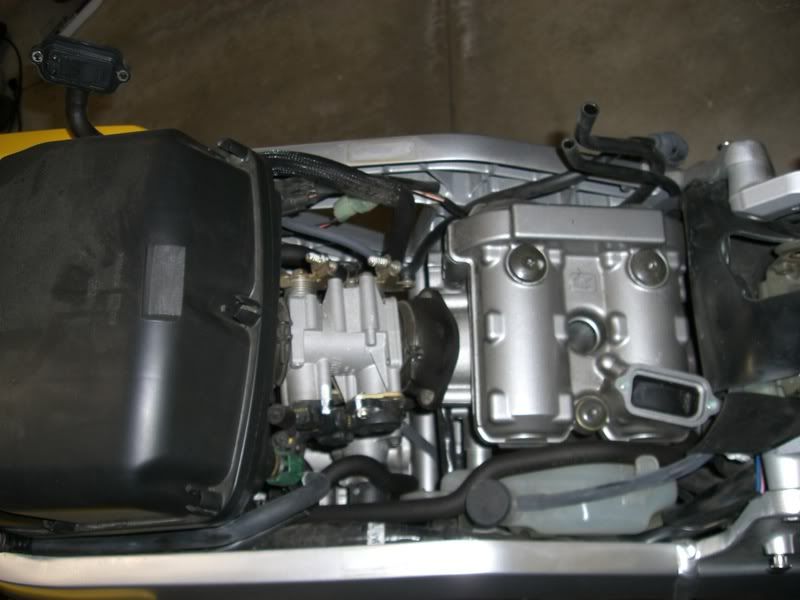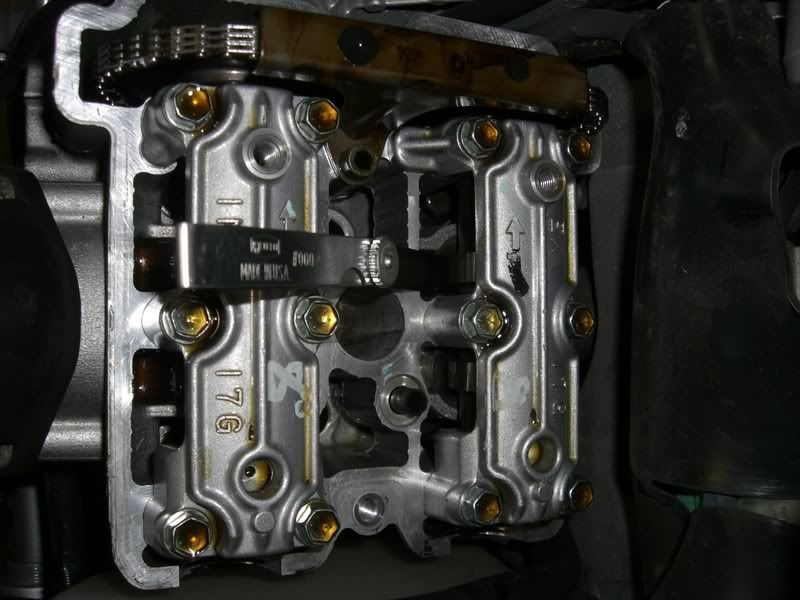I bought a 2005 SV650s at the start of the season and it was running fine with about 250km on a tank until the indicator came on (~15L used). Now I'm only getting 160-170km before it's been coming on. This bike should be getting around 250-300km on a tank.
It came with a Power Commander III which I was told was dyno-mapped but I don't trust the dealer at all. Am going to load the default map for this bike with the M4 exhaust (which it is equipped with). I will be installing a new K&N filter as soon as my order comes in as the old filter is really dirty. However with the O2 sensor, I have trouble seeing how this would lead to a 50% reduction in fuel efficiency.
Since getting the bike I put in a new chain tires and sprocket. If anything, these should be reducing friction and mileage, not the other way around. Tires are properly inflated, Bike does not smell of fuel, does not smoke a lot, or backfire or anything.
I really need to get this fixed because I leave on a 7,000km ride in a week and a half. I can't be fueling the thing every hour. PLEASE IF ANYONE HAS ANY IDEAS WHAT THIS COULD BE, LET ME KNOW!
Thanks in advance
It came with a Power Commander III which I was told was dyno-mapped but I don't trust the dealer at all. Am going to load the default map for this bike with the M4 exhaust (which it is equipped with). I will be installing a new K&N filter as soon as my order comes in as the old filter is really dirty. However with the O2 sensor, I have trouble seeing how this would lead to a 50% reduction in fuel efficiency.
Since getting the bike I put in a new chain tires and sprocket. If anything, these should be reducing friction and mileage, not the other way around. Tires are properly inflated, Bike does not smell of fuel, does not smoke a lot, or backfire or anything.
I really need to get this fixed because I leave on a 7,000km ride in a week and a half. I can't be fueling the thing every hour. PLEASE IF ANYONE HAS ANY IDEAS WHAT THIS COULD BE, LET ME KNOW!
Thanks in advance


















